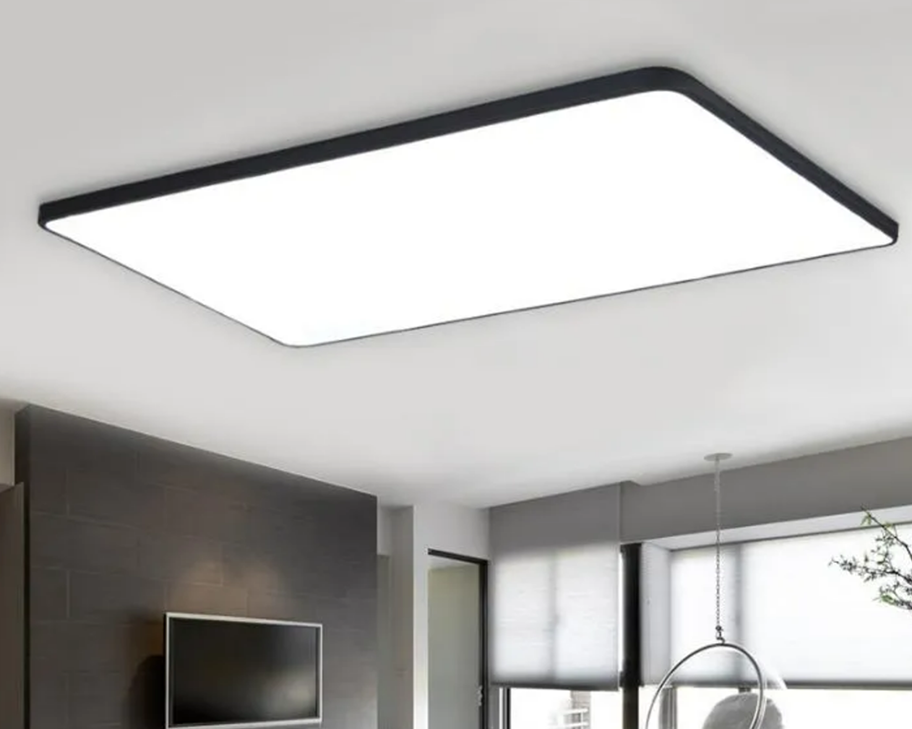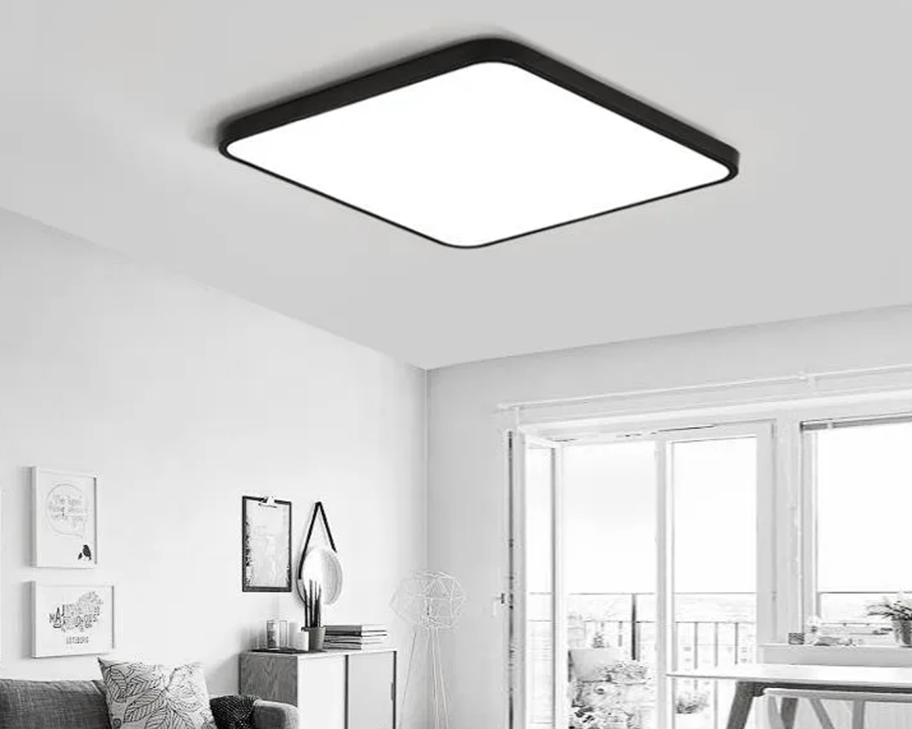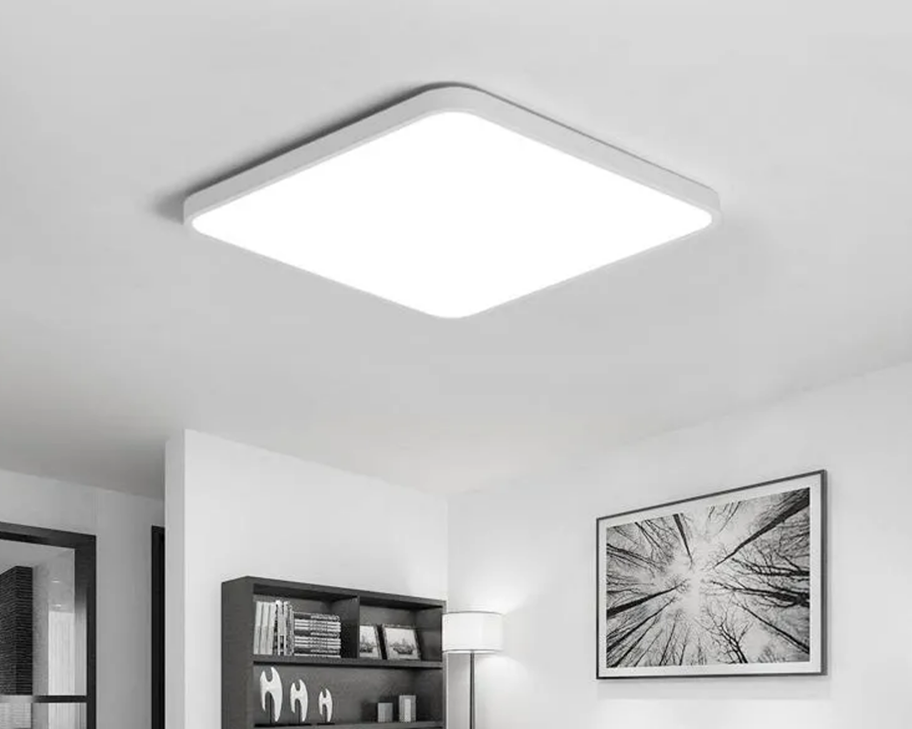LED ceiling lights have become a standard for modern homes, transforming spaces from cozy bedrooms to expansive living rooms. Behind every stylish fixture lies a complex yet carefully orchestrated supply chain and a factory production process that ensures performance, reliability, and affordability. For manufacturers aiming to deliver high-quality “led ceiling lights” for various environments—bedrooms, living rooms, kitchens, hallways—the journey from raw material to showroom is a blend of design rigor, material science, and logistics precision.

The production starts with a clear design brief. Whether it’s integrated LED ceiling lights that offer seamless aesthetics for a minimalist living room or ceiling lights with a flat profile for tight bedroom ceilings, product development teams translate architectural intentions into technical specifications. LED modules, drivers, optics, heat sinks, and housings must align with target luminous efficacy, color rendering, dimmability, and housing compatibility with different ceiling types. In today’s market, the demand for “modern LED ceiling lights” drives engineers to optimize form factors that maximize light distribution while maintaining a slim silhouette suitable for apartments and contemporary homes.
Material sourcing is the next critical phase. High-quality LEDs require consistent binning and robust phosphor formulations to deliver stable color temperatures across a fixture’s lifespan. For kitchen ceiling LED lights, durability and cleanability are essential, so housings often feature corrosion-resistant coatings and smooth surfaces that resist grime. In hallway ceiling lights, reliability and long life take center stage, favoring components with excellent thermal management. Integrated LED ceiling lights, which house drivers and modules within a single unit, rely on compact drivers and efficient heat sinks to prevent thermal throttling. The supply chain must ensure a steady flow of components such as LED packages, PCBs, optics, drivers, and aluminum alloys for housings.

Factory production on the assembly line emphasizes quality control and process optimization. Automated pick-and-place machines place LEDs onto boards with micron-level precision, while optics are aligned for uniform illumination. Thermal management is engineered into every fixture, with heat sinks designed to dissipate heat effectively, extending lumen maintenance and overall lifespan. In a typical factory setting, “led lights ceiling” products pass through rigorous testing: lumen output measurements, color accuracy checks, flicker tests, dimming compatibility, and safety certifications. For flat LED ceiling lights, finish quality—smoothing, paint, and edge finishing—matters as much as electrical performance.
Logistics and supply chain resilience become a competitive differentiator in a crowded market. Forecasting demand for bedroom models like “led bedroom ceiling lights“ versus living room variants such as “led ceiling lights for living room” requires granular data on consumer behavior, seasonal trends, and architectural styles. Strategic inventory management ensures that popular sizes and color temperatures are readily available, while supplier diversification mitigates disruptions to materials like drivers or aluminum extrusions. Efficient packaging minimizes damage during transit, a critical consideration for delicate components used in integrated LED ceiling lights.
 Whether you’re discussing led ceiling lights for bedrooms, living rooms, kitchens, or hallways, the backbone of every standout fixture is a robust production and supply chain. Modern factories must harmonize design intent, material quality, precise assembly, rigorous testing, and agile logistics to deliver modern, integrated LED ceiling lights that illuminate homes safely, efficiently, and beautifully.
Whether you’re discussing led ceiling lights for bedrooms, living rooms, kitchens, or hallways, the backbone of every standout fixture is a robust production and supply chain. Modern factories must harmonize design intent, material quality, precise assembly, rigorous testing, and agile logistics to deliver modern, integrated LED ceiling lights that illuminate homes safely, efficiently, and beautifully.


